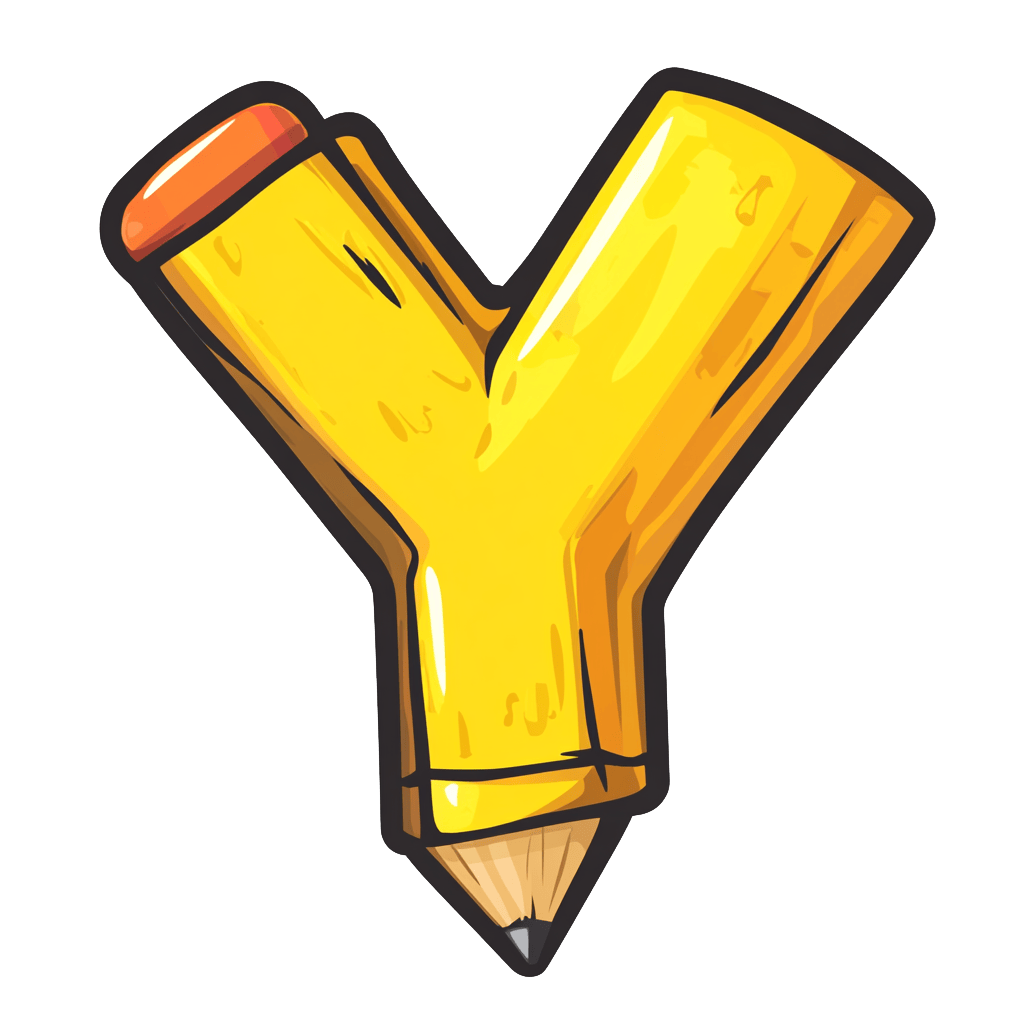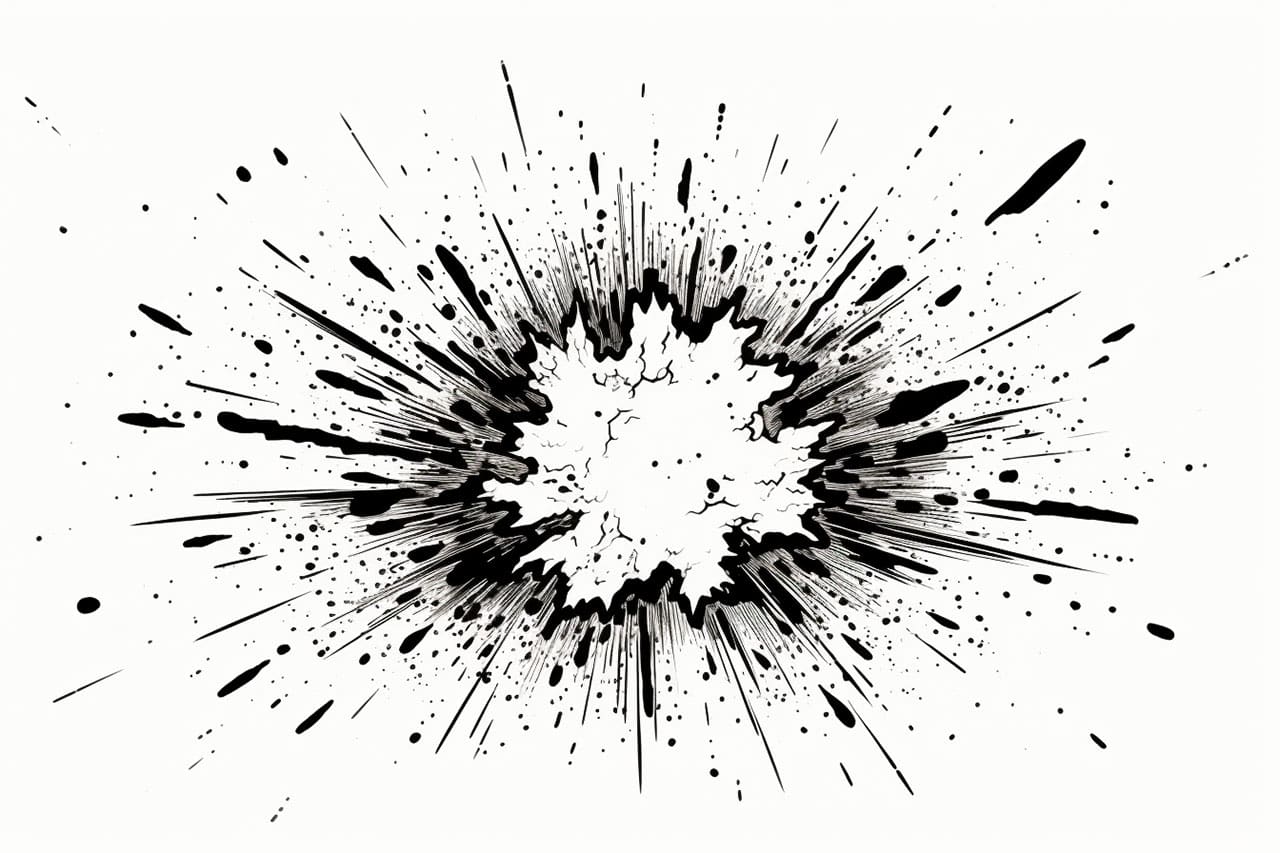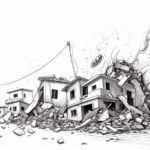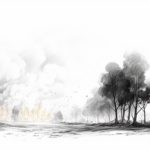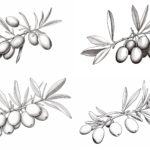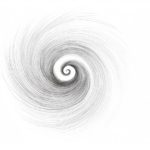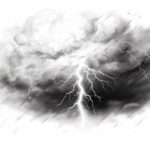
Explosions are among the most dynamic and visually captivating elements you can add to your artwork. They symbolize energy, action, and transformation, and are a staple in comic books, video games, movie storyboards, and animation. Whether depicting a fiery blast in an action scene or illustrating the whimsical burst of a magical spell, explosions draw the viewer’s eye and add thrilling movement to any composition. Mastering the art of drawing explosions can help you bring drama and excitement into your sketches, making your creations leap off the page with intensity and life.
Learning how to draw an explosion is about more than just random lines and shapes—it’s an opportunity to study how energy disperses and interacts with its surroundings. Explosions are characterized by irregular, organic forms, with radiating lines, clouds of smoke, flying debris, and bursts of light. By understanding these core visual elements, you can create convincing and expressive explosion effects that enhance your storytelling or visual narratives. Artists often use explosions to show moments of high tension or climax, which is why learning this skill can be so rewarding for illustrators and storytellers alike.
In this tutorial, we’ll break down how to draw an explosion in easy, manageable steps—perfect for both beginners and those looking to sharpen their comic or concept art skills. We’ll cover sketching out the initial shapes, building up the structure with dynamic lines, and adding shading and color to create a sense of depth and impact. You’ll also learn some tips and tricks for conveying motion and intensity, such as varying line thickness, using contrast, and blending colors for dramatic effects. No matter your current level of experience, you’ll find techniques here that can elevate your drawing and add excitement to your art.
So, gather your drawing materials and get ready to unleash your creativity. With a bit of practice, you’ll find that explosions are not only fun to draw but also a fantastic way to practice expressive mark-making and imaginative composition. Don’t be afraid to experiment with different styles and interpretations as you follow along with this guide. Remember, every artist develops their own unique way of capturing an explosion’s energy. Let’s dive in and discover the secrets of how to draw an explosion, step by step, and watch your sketches come to life with explosive power!
Materials Required
Before we begin, make sure you have the following materials:
- Drawing paper or sketchbook
- Pencils (HB, 2B, 4B)
- Eraser
- Blending stump (optional)
- Colored pencils or markers (optional)
Having these materials on hand will ensure that you have everything you need to create a stunning explosion drawing.
Step 1: Sketch the Basic Shape
Start by lightly sketching the basic shape of the explosion on your drawing paper. Explosions often have irregular shapes with flames and debris shooting out in all directions. Use loose, flowing lines to capture the movement and energy of the explosion. Don’t worry about details at this stage, focus on getting the overall shape and composition right.
Step 2: Define the Flames
Next, begin to define the flames within the explosion. Draw long, wavy lines extending from the center of the explosion outward. Vary the length and direction of these lines to create a sense of chaos and movement. Remember, flames are not perfect or symmetrical, so embrace the organic shapes and jagged edges.
Step 3: Add Detail to the Flames
Now it’s time to add more detail to the flames. Start by adding shorter, thinner lines between the longer ones to create a sense of depth and complexity. Use curved and zigzag lines to make the flames look more dynamic and realistic. Experiment with different pressure on your pencil to create variations in line thickness.
Step 4: Draw the Debris
Explosions often involve debris being thrown in all directions. To depict this, draw small, sharp shapes shooting out from the explosion. These can include rocks, broken glass, or any other objects you associate with an explosion. Again, don’t worry about making them perfect – irregular shapes will add to the chaotic nature of the drawing.
Step 5: Add Shading
To give your explosion drawing more depth and dimension, add shading. Start by identifying the main light source in your drawing and imagine how it would interact with the flames and debris. Use a 2B or 4B pencil to darken the areas of the explosion that would be in shadow, and leave the areas closer to the light source lighter. This will help create a more three-dimensional look.
Step 6: Blend the Shading (Optional)
If you want a softer and smoother look, you can use a blending stump to blend the shading. Gently rub the stump over the shaded areas to create a more seamless transition between light and shadow. This technique can create a more realistic and polished appearance to your explosion drawing.
Step 7: Add Color (Optional)
If you want to add some extra vibrancy to your drawing, you can use colored pencils or markers to add color to the flames and debris. Play around with different color combinations to create an explosion that really pops. Remember to layer the colors to achieve depth and intensity.
Tip: To effectively capture the explosive energy in your drawing, start by sketching a loose, dynamic shape to represent the core of the explosion. Use quick, sweeping strokes to create irregular lines that radiate outward, mimicking the chaotic nature of an explosion. Incorporate varying line weights; thicker lines can denote closer, more intense areas, while thinner lines suggest distance and fading energy. For added realism, layer in details like swirling smoke and debris, paying attention to how these elements interact with the core burst. Finally, consider using a limited color palette to highlight the intensity—bright yellows and oranges against deep grays can evoke a powerful visual contrast, enhancing the drama of your explosion.
Conclusion
Congratulations! You have successfully learned how to draw an explosion. By following these step-by-step instructions, you can create explosive drawings that are dynamic and visually captivating. Remember to practice and experiment with different techniques to develop your own unique style. Have fun and keep creating!
Gallery of Explosion Drawings
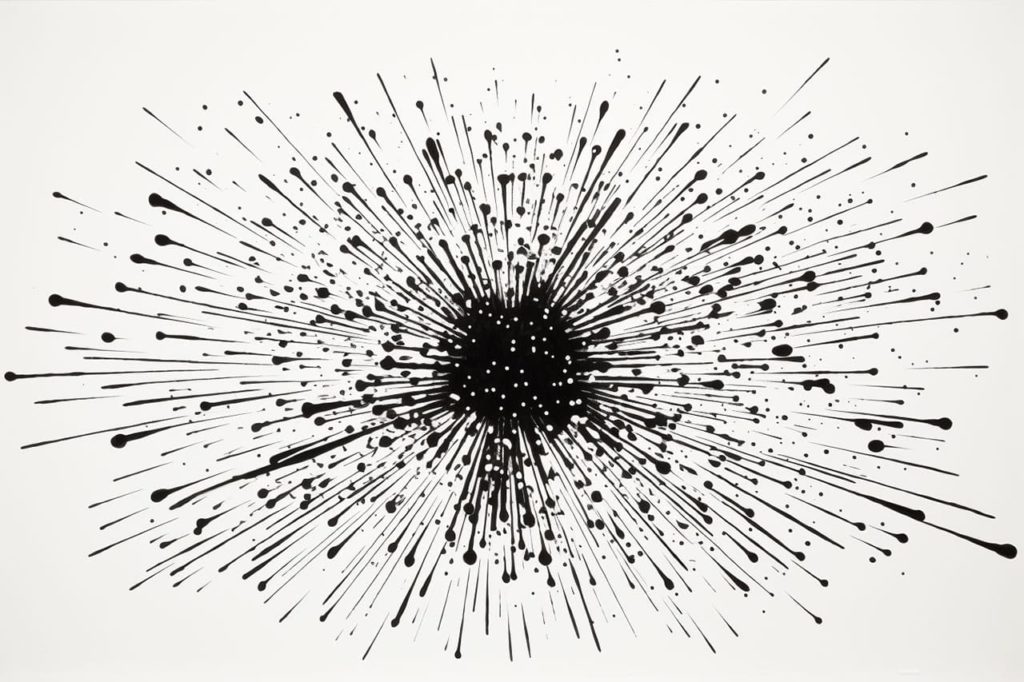
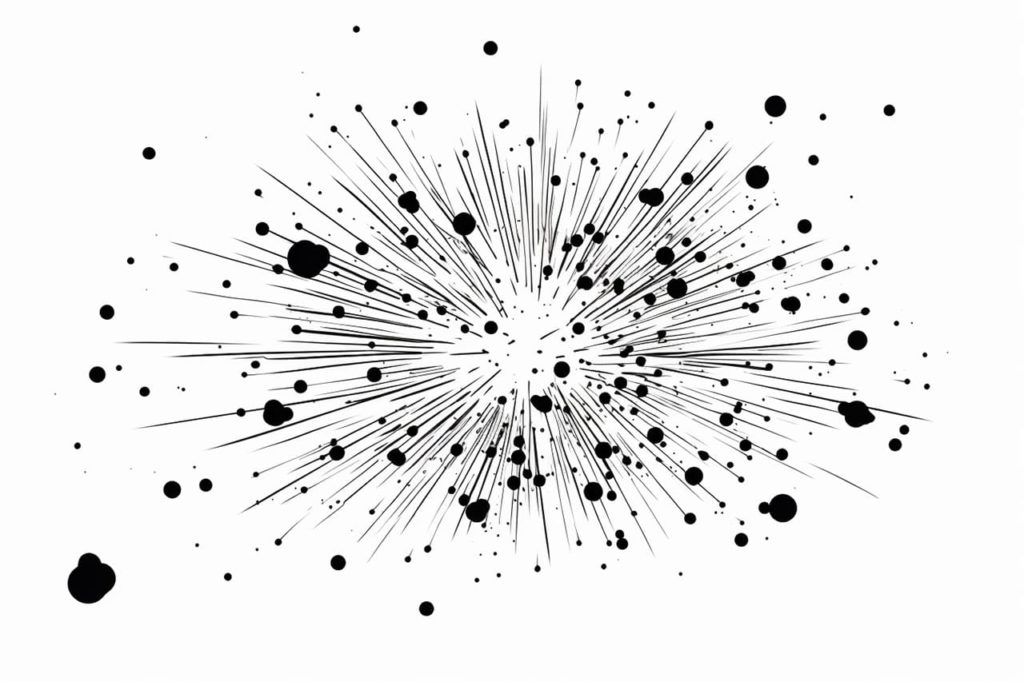
Fun Facts About an Explosion
- The largest man-made explosion before the atomic bomb was the 1917 Halifax Explosion.
- Explosions are rapid releases of energy, often resulting in shock waves.
- Supernovae are massive explosions marking the death of stars.
- Controlled explosions are used in demolition to safely bring down buildings.
- Volcanic eruptions are natural explosions caused by the rapid release of gas and magma.
- Explosions can create a phenomenon called a mushroom cloud.
- Some plants, like the sandbox tree, use explosive seed dispersal.
- Fireworks are controlled chemical explosions designed for entertainment.
- Shock waves from explosions can travel faster than the speed of sound.
- Explosions in space look different because there is no air.
Suggestions for Scenes and Settings for an Explosion Drawings
- A superhero landing with a massive explosion erupting behind them, sending debris and energy waves in all directions.
- A magical duel where a burst of vibrant, colorful energy explodes from a spell gone awry, illuminating the night sky.
- A futuristic robot malfunctioning and exploding in a shower of sparks and mechanical parts in a high-tech laboratory.
- An erupting volcano unleashing a powerful explosion of lava, ash, and rocks over a dramatic landscape.
- An epic space battle with a spaceship exploding in a silent but visually stunning burst amid a field of stars.
- A cartoon-style explosion bursting out of a treasure chest when it’s opened, scattering gold coins and jewels.
- An engine backfiring in a bustling city street, creating a small but chaotic explosion of smoke and sparks.
- A fantasy creature, like a dragon, breathing a fiery explosion that engulfs a castle gate in flames.
- A science experiment gone wrong, with colorful chemicals exploding out of beakers in a classroom setting.
- A slow-motion depiction of a glass bottle shattering in an explosion, capturing every shard and ripple in the air.
